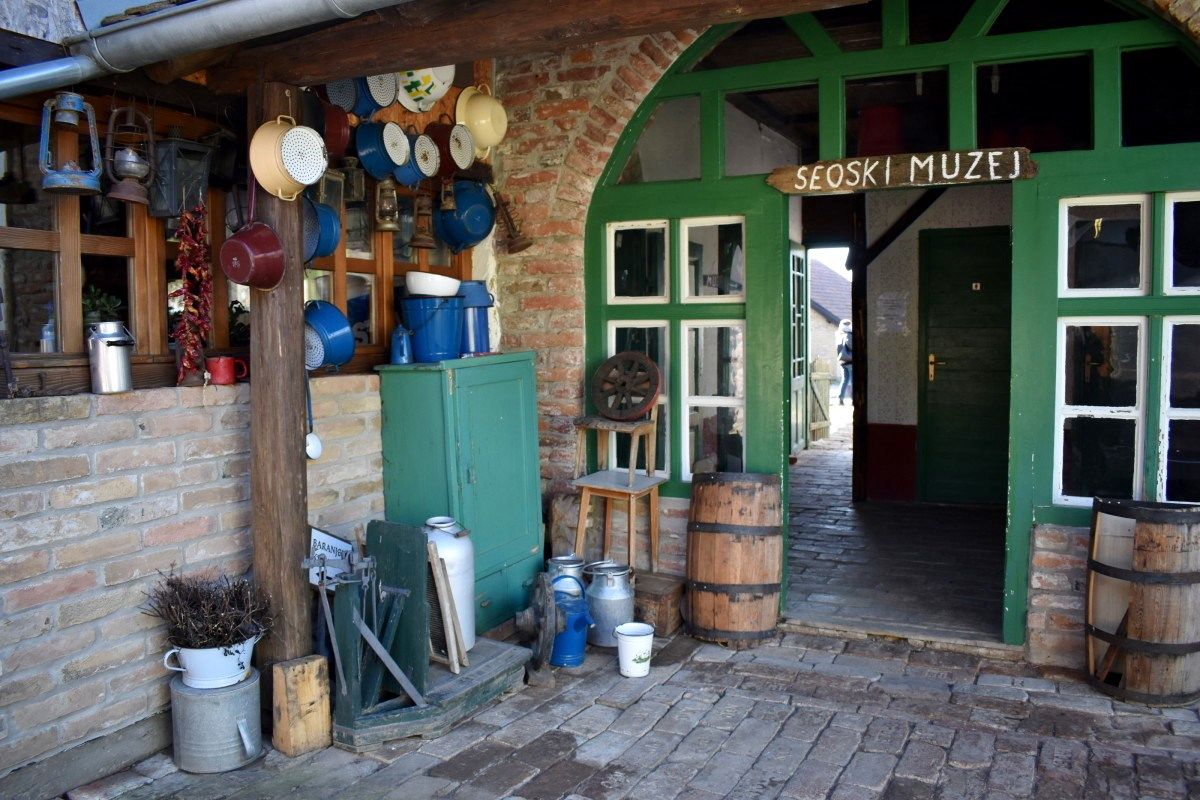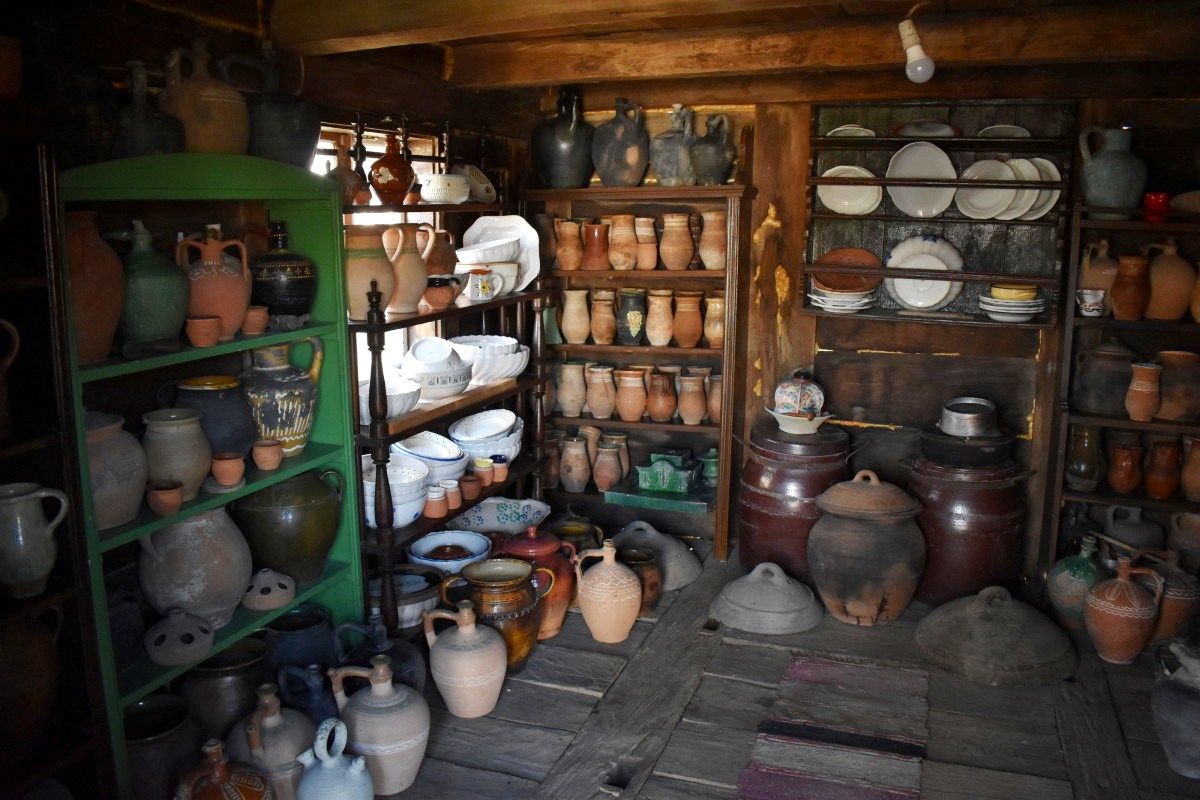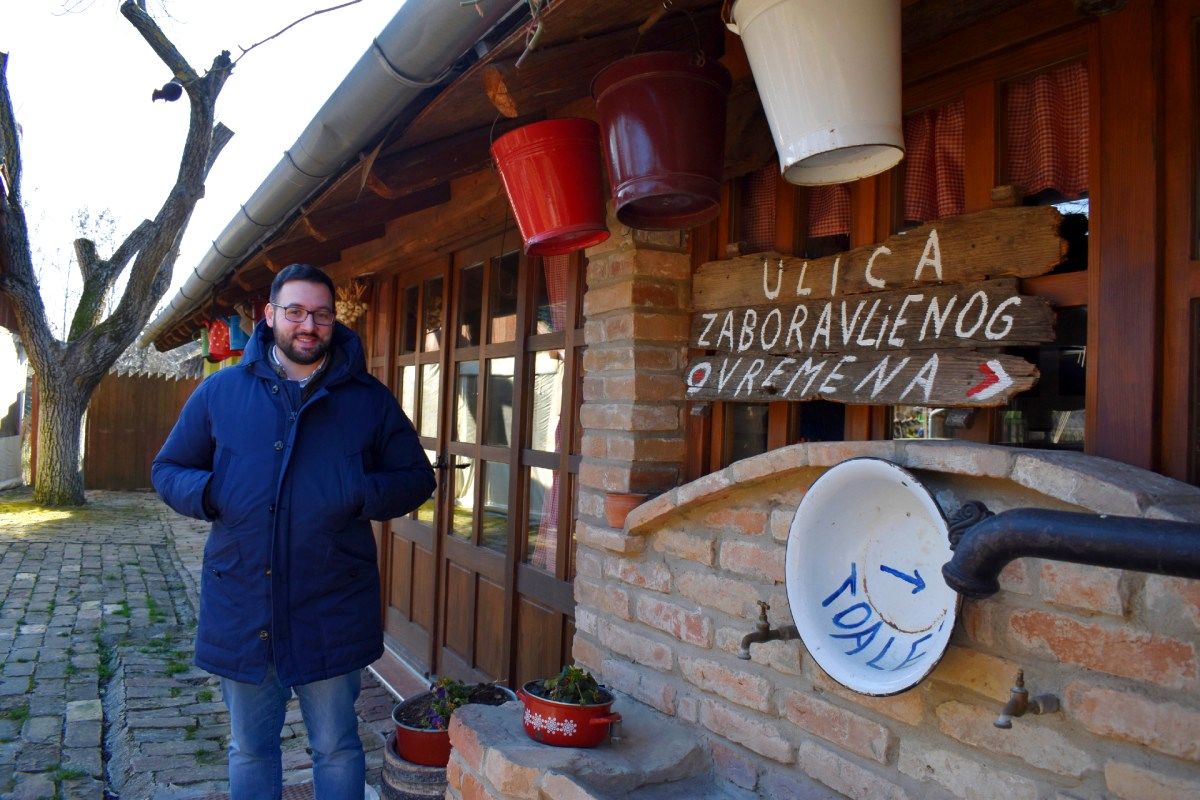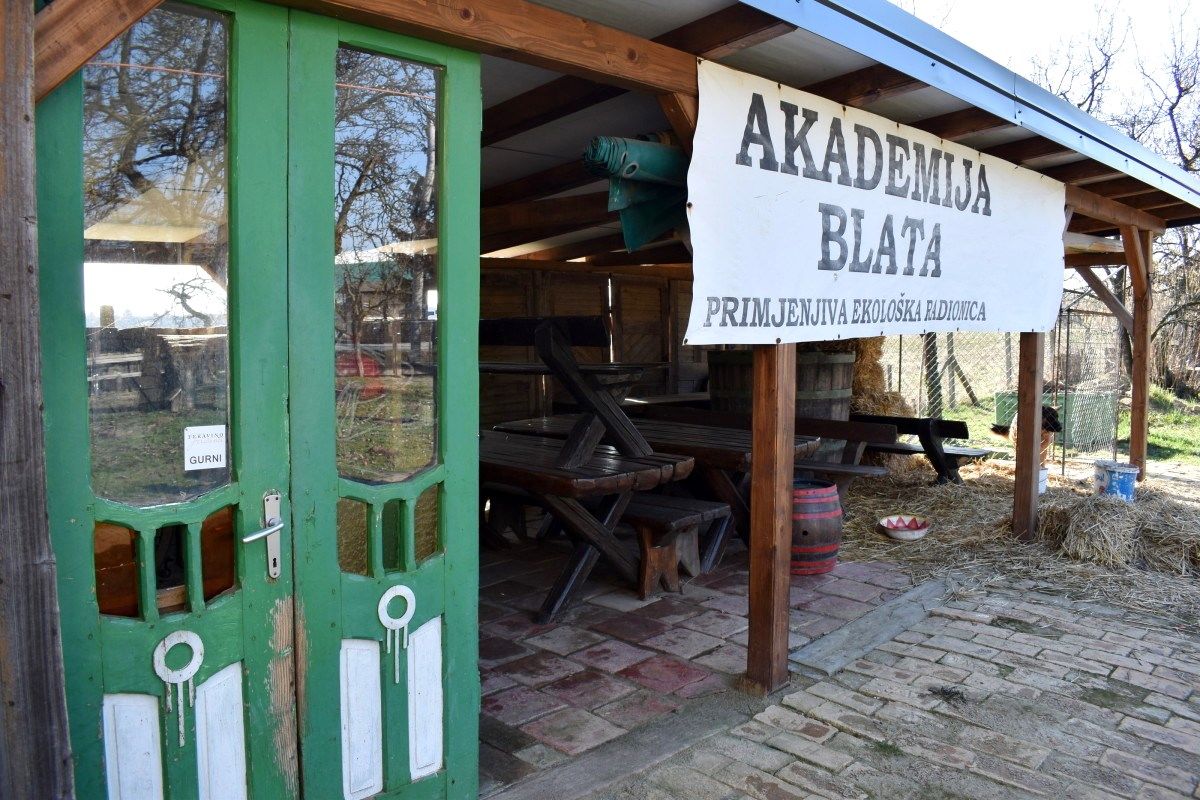From local pub to gastronomic and ethnographic attraction popular even in COVID times
”Despite the financial damage that tourism and hospitality businesses sustained during the COVID-19 pandemic, we were given the opportunity to slow down and commit to some things we truly wanted to do, but never had the time”, says Stanko Škrobo, who took over the family business from his father Vladimir, known as Bajo, the founder of gastronomic attraction Baranjska kuća.
The rural outdoor experience
The knowledge of tourism he gained during his studies in Opatija and years of experience working for travel agencies helped Stanko Škrobo invent new ways of attracting guests to the somewhat forgotten area during the lockdown period. They created a package offering accommodation and food in their restaurant. But that was not all.
“The important thing is that our guests spend as much time outdoors as possible, and there is a lot to see in Baranja. The package includes entry to Kopački rit and wine cellar tours, including wine tasting and the opportunity to buy wines, arranged in cooperation with local winemakers. We give them additional ideas for an active vacation, including walks in the Banovo brdo hills, quite unknown even to the locals”, Stanko explains, adding that they pay due respect to the guests’ preferences. They did not have to invest much in promotion, because, as he points out: “Word-of-mouth marketing is the best marketing.”

Maja Celing Cerić
Word-of-mouth marketing and pleasant surroundings
Talking about the guests, he says that numerous tourist groups come from Slovenia and Austria, along with some Hungarian groups and guests from river cruisers, since there is a river port in nearby Batina. Interestingly, they even have guests from cruisers docking in Hungarian town Mohacs, who make bus excursions to Croatian Baranja.
Like many others in the hospitality business, they had noticed that the pandemic and the resulting lockdowns drove people to spend time outdoors, in rural areas, and generally in unurbanized and uncrowded places. “We had guests from Dalmatia who usually travel to Spain, Turkey and other European countries in October. Since these countries were closed to tourists, they decided to stay with us and were charmed”, says he, adding that he likes to see the delight on people’s faces after visiting such places, considering that most arrive with low expectations. Currently most of their individual visitors come from the surrounding areas, while guests from Slavonski Brod, Zagreb, Rijeka and Dalmatia come for weekend overnight stays.

Maja Celing Cerić
Traditional recipes and local ingredients
Stanko shared how they got the idea to open a restaurant, as well as other attractions they added over the years.
During the Croatian War of Independence, they were displaced from Karanac, but they longed to return, and they did. Once they were back, they bought a house in Karanac from the Sekeleš family. This is the one where the restaurant is now located.
“My father, a farmer by vocation, first wanted to open an agricultural pharmacy. But, as the times were unpredictable back then, he opted for a “boozer” as we call it, a place where plain food such as scrambled eggs and sausage would be served”, says young Škrobo, remembering their beginnings.
Business was going well, but not well enough, and they realised they had to change something. Back in those days, one could not buy bread in Karanac: it had to be pre-ordered the day before, and the nearest bakery was seven kilometres away. According to our host, it was not cost-effective to travel so far every time you needed a basic staple such as bread. So they decided to make their own bread. But, there was a problem: they could not afford a professional bakery oven.
“My father decided to build a burning oven, much like the ovens every house in Baranja used to have. And he was successful, even though it was his first try”, Stanko laughs. The guests were delighted, and the family has been making its own bread ever since.
The current restaurant was opened back in 2003. Its menu is based on local ingredients and traditional recipes, including snails in nettle sauce, which are prepared only in Baranja, carp smoked on a fork, the must-try “fiš paprikaš” (spicy fish stew), burning oven baked veal, and desserts such as pasta topped with poppy seeds.
They also offer home-made charcuterie. They make fresh “čvarci” (greaves) every week, and they either produce their own sausages, “kulen” (specially dried flavoured sausage made mostly of lean meat) and ham, or they purchase them from trustworthy producers. It is important to point out that they produce enough ground red paprika to cover their needs. They purchase “rakija” (fruit brandy) from partners, and serve wines produced by famous winemakers such as Josić, Kalazić, Kolar, etc.
They can accommodate up to 55 guests, to whom they offer, among other things, the use of a specially adapted garden. “Guests who wake up early have the chance to walk through the garden, pick their own fruit and vegetables for breakfast, and collect eggs. The rooms, however, are equipped with all the modern amenities, because people, as much as they love spending time in the country, also want a warm room, a cosy bed, and their own bathroom”, Škrobo explains.

Maja Celing Cerić
The Street of Forgotten Times
We have another attraction here. If you wish to travel several decades back in time, the farm includes the museum called “Street of Forgotten Times”. Stanko told us more about the idea.
“The museum was opened in 2005, also by chance. As my father is an antique aficionado, over the years he bought so many items that he did not know where to put them, or what to do with them. The sheer number of items gave us the idea. His greatest inspiration were the Slavonian “ambar” (small barns). We bought the first one from a guest who had a meal at our restaurant”, he explains.
They have a total of nine “ambar” barns, each representing a season of the year or a trade etc. You can take a step back in time there, and discover what barber shops looked like more than 50 years ago and how pots, clogs, and wooden furniture were made, or see a cooper’s or a weaver’s workshop, a summer kitchen, a mud brick house and an icehouse.
“You can also try some of the old crafts there for yourself. For example, guests could get a haircut or a shave from master Mili, our old associate, which thrilled them”, Stanko tells us.

Maja Celing Cerić
The Princess of the Smokehouse
A traditional event called Mud Academy takes place in summer. Stanko explains it is an ecological workshop, where participants are taught how bricks were once made, with clay, chaff and water, and then dried in the sun. The material was used to build houses in Slavonia and Baranja, and their restaurant is also made of such bricks.
The village also hosts two widely known events, “Čvarak fest” (Greaves Festival) and “Proljetni vašar” (Spring Fair), which includes a Princess of the Smokehouse (i.e. the largest slab of bacon) competition. According to Stanko, they will be adding the tastiest bacon category too. “These events attract many visitors. All accommodations and restaurants are full then. Small farm businesses also benefit, as they have the opportunity to present and sell their products”, Stanko Škrobo concludes.


